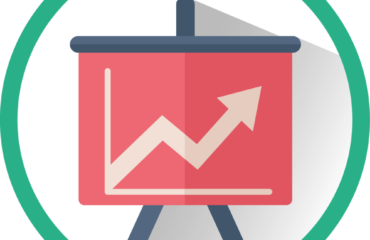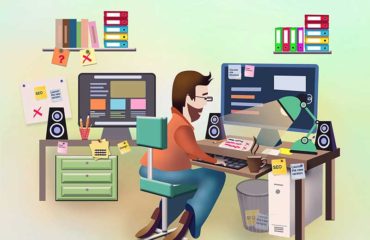Your company’s website is its most important asset. It’s where your content is housed and how you bring in new clients and revenue. In fact, the average website brings in thousands of dollars per year despite costing relatively little to make.
Accordingly, it’s a good idea to have a clear understanding of just how your site works.
But you don’t need a Computer Science degree to get the basics of web development. Here’s a quick guide to help you understand the ins-and-outs of web development and how it’s used within your site.
Understanding The Basics Of Web Development Programming
Binary
At its core, all data is composed of 1s and 0s. The combination of the two creates a language known as binary. It’s the foundation for pretty much everything you see.
This article, the website, even the computer or phone you’re using right now all run on binary.
HTML
Next, let’s talk a bit about HTML. If you’ve never coded a website before, HTML is actually quite simple to learn. You don’t even need software to run it. You can open a text file and start typing HTML, copy the code, and see the results.
Learning HTML can be a bit intimidating, but once you get the rules down, there’s virtually no limit to what you can create.
CSS
Of course, your site needs to look pretty, too. Therefore you’ll want at least a basic understanding of CSS. Short for Cascading Style Sheets, CSS is responsible for a site’s visual design.
While it’s a bit of a pain in the neck, it’s one of the most important basics of web development to understand.
Other Languages To Learn
Of course, these are more advance programing languages. If you really want to learn how sites work, you’ll want to look into some of the following:
- PHP
- ASP.NET
- Javascript
- Python
- Java
- Ruby
These three are commonly used but aren’t necessary to learn unless you’re serious about understanding the basics of web development.
Bug Catching
Most browsers, including Chrome and Firefox, have Browser Development Tools as add-ons. These tools will let you analyze a site’s code and see exactly how it functions.
More importantly, it’ll allow you to catch errors in your own code. The most common add-ons include debuggers, console, code explorer and responsive mode, all of which allow developers to squash any mistakes in their code.
Create A Great User Experience
Finally, any web developer is consistently thinking about one thing: the end user. The end user is the person who is ultimately going to interact with your site the majority of the time.
If you’re running a business site, for instance, the end user would be the customer or client.
It’s important to make a site as easy to use as possible. Think about how your current site is set up and ask yourself if there are any areas where it could be improved.
You may have unnecessary pages, or an unnecessarily extensive menu system, for example.
Stop looking at your site through your own eyes and start looking at it through your customers’.
Final Thoughts On The Basics Of Web Development
These components of basic web design are the cornerstone of any successful website. But don’t feel intimidated, you’re not expected to know everything.
Learn basic programming to gain a clear picture of how sites work, learn how to spot bugs, and design with your user in mind.
And of course, if you need some help, we’re here for you. If you’re looking for a new site or just want to get more traffic for your current one, let us help. Get in touch today to learn more about how you can build a better website!





